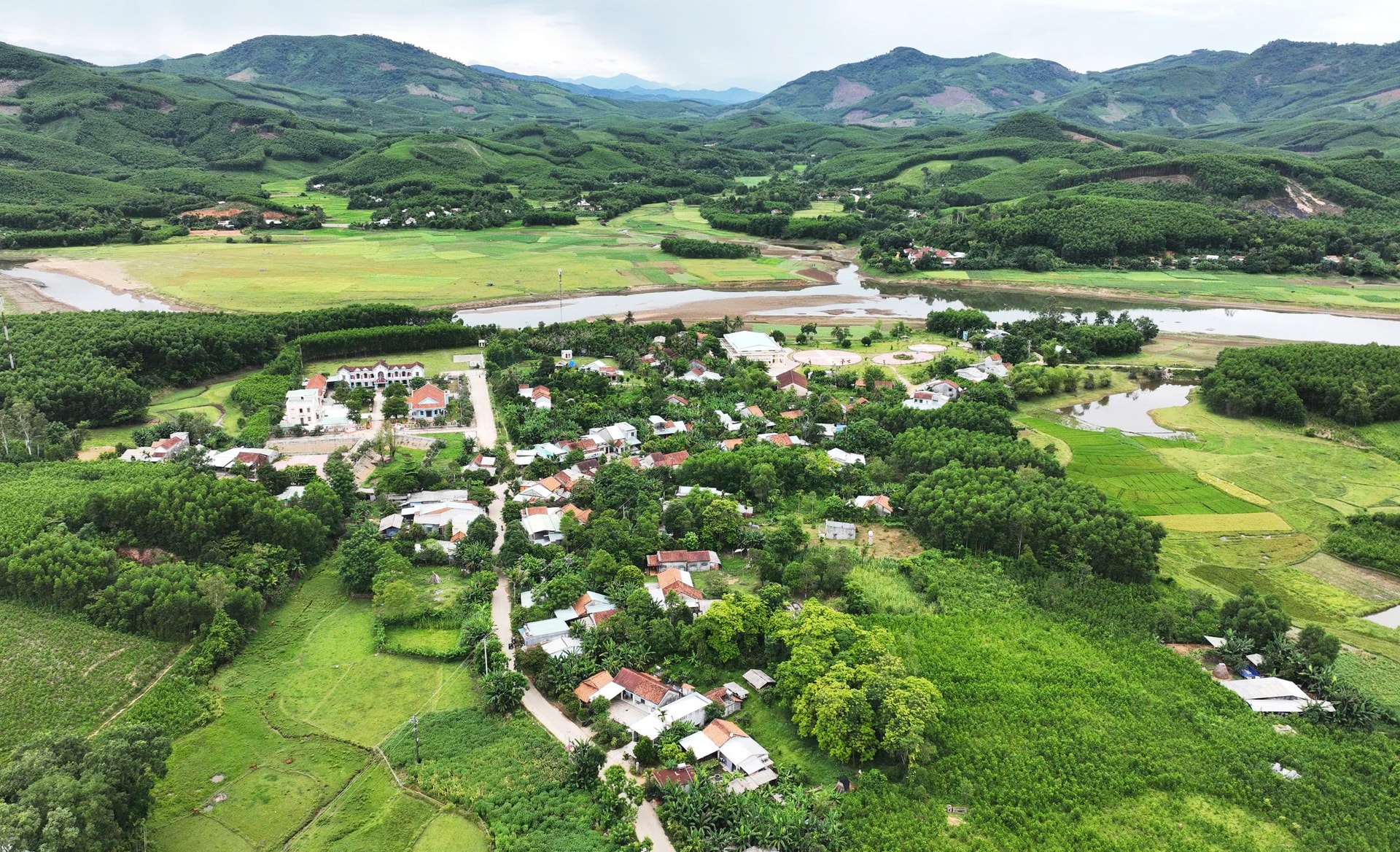
Suitable models
Mushroom growing in Thang Phu commune has been expanded to 10 stable farms, creating regular jobs for dozens of workers. With the advantage of abundant straw, large land, and stable climate, this model is considered suitable, contributing to the formation of a sustainable production direction for the semi-mountainous region.
In Tu Tra village, Thang Phu commune, Mr. Huynh Toan has been involved in growing straw mushrooms for nearly 20 years. Starting from a small model, after learning from many places, he gradually expanded, and now maintains 5 regularly operating mushroom farms out of a total of 10 farms. Each production period lasts 25 - 30 days, using about 1,800 mushroom spawns, harvesting about 400kg of fresh mushrooms per month. With a selling price ranging from 80 - 90 thousand VND/kg, Mr. Toan maintains a stable source of income all year round.
“In the past, there was a lot of straw in this area, and people had no work after the harvest. I took advantage of available materials, tried growing mushrooms, and learned more techniques. If I do it for a long time, I will have a stable output and the price will be less volatile,” said Mr. Toan.
In Duc Phu commune, the comprehensive economic model of Mr. Pham Thanh Phung (group 4, Trung Hoa village) is a typical example of effective land exploitation. On an area of about 5 hectares, he built 2 chicken farms with a scale of 15,000 chickens, planted 1 hectare of areca and 3 hectares of raw acacia. Each year, the revenue from chickens reaches more than 500 million VND, from areca about 200 million VND, not including the profit from acacia.
Mr. Phung said: “The land in this area is suitable for growing areca, acacia, and raising livestock. If you do it in a comprehensive way, you will have income every season, without being passive. The initial investment is a bit expensive, but the results are stable and can be maintained for a long time.”
Mr. Dang Van Dong, Party Secretary of Trung Hoa village, said that the village currently has nearly 20 households developing garden and farm economy, of which 3 households are large-scale like Mr. Phung's model. These households are contributing to the shift in local production structure, taking advantage of labor, land and water resources, suitable to the actual conditions of the hilly area.
“The hilly area of Duc Phu is suitable for developing garden economy, combined with medium and large scale livestock farming. But to be effective, you need to invest systematically. Small scale farming is not enough to cover costs. We are encouraging people to expand their scale, linking production with the market,” Mr. Dong shared.
Need to synchronize infrastructure
According to Mr. Ho Chi Dung, Vice Chairman of the People's Committee of Thang Phu Commune, the locality is focusing on exploiting agricultural strengths, making the most of available resources to form stable production chains. In addition to 10 mushroom farms operating effectively, the commune also has dry vermicelli production models that have been recognized as 3-star OCOP products, along with lotus growing, cow raising, and fruit tree growing models. These models help people have more income, form linked production groups, and gradually shift from small-scale production to commodity production.
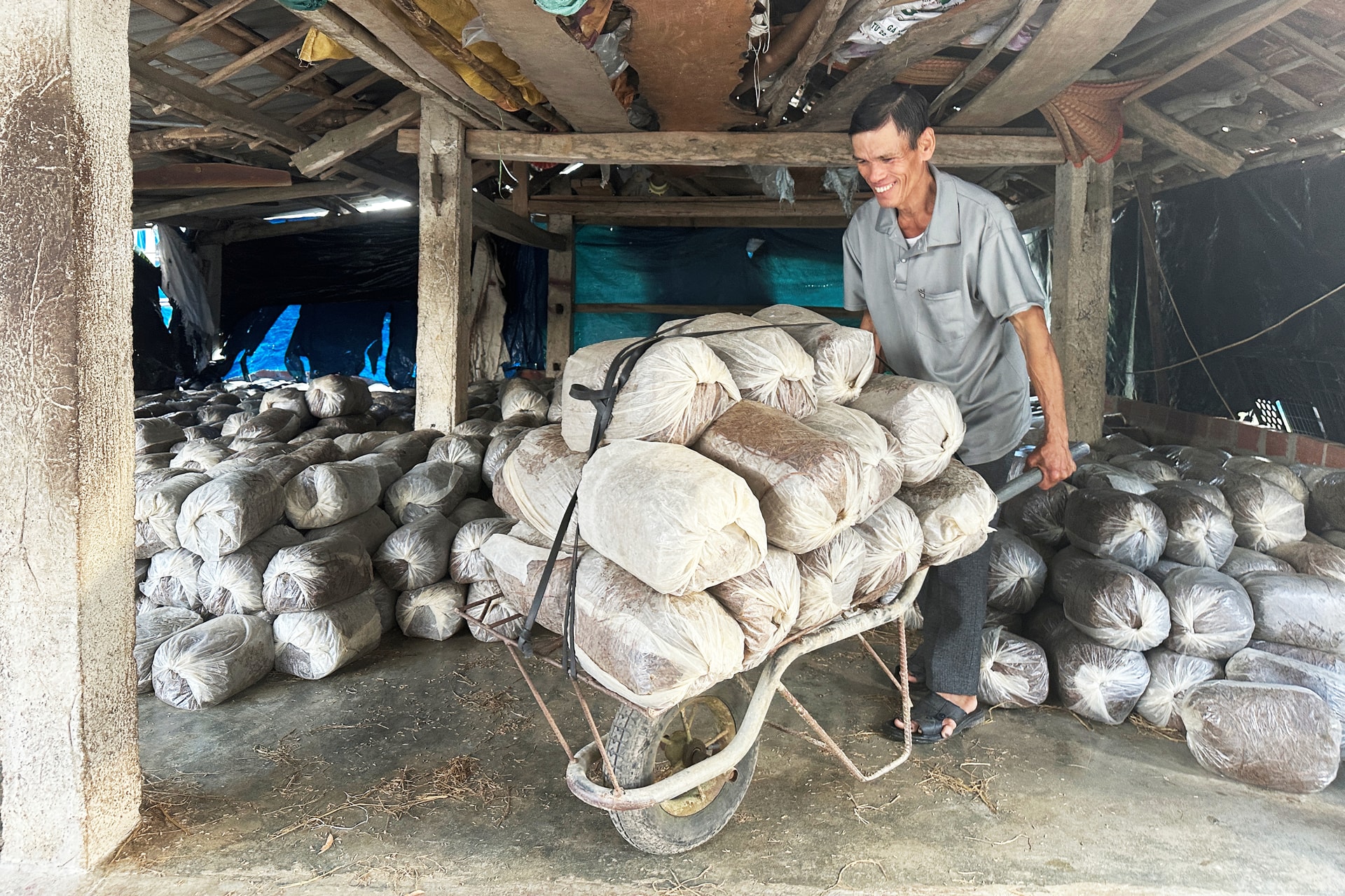
“Thang Phu determines the direction of economic development based on agricultural strengths, especially traditional products. In the coming time, the commune will focus on expanding the scale of models that have proven effective, while encouraging businesses to invest in agriculture. We aim to develop specialized areas associated with deep processing, consuming products in large markets, stabilizing output, and increasing the exploitation value per unit area. Along with that, the locality continues to promote the application of science and technology, develop production according to the value chain, and gradually build a brand for the commune's agricultural products,” said Mr. Dung.
In Duc Phu commune, Chairman of the People's Committee Ngo Duc An said that developing the agricultural, forestry and service economy will still be the main direction in the coming period. The locality is encouraging people to convert crops and livestock towards commodity production, large-scale investment, and application of new techniques to increase productivity. At the same time, the commune is supporting the construction of linkage models, gradually forming garden and farm economic zones associated with stable consumption, limiting fragmented production.
In the period 2025 - 2030, the commune's goal is to achieve an average product value growth rate of 11.1% per year, an average income per capita increase of 22.5% by 2030, a poverty rate reduction to less than 1%, and at the same time maintain and replicate garden economic and farm economic models, encourage the application of technology and digital transformation in agricultural production.
“Duc Phu is a large area with a scattered population and difficult transportation in many places. In order for development orientations to come into reality, the locality needs to invest synchronously in infrastructure, focusing on rural transportation, irrigation systems and electricity for production. With roads and electricity, goods can circulate smoothly, farmers can boldly expand their scale, and businesses can invest. That is a prerequisite for the rural economy to fully exploit its potential,” said Mr. An.
Source: https://baodanang.vn/phat-trien-kinh-te-o-vung-ban-son-dia-3309652.html


![[Photo] Prime Minister Pham Minh Chinh receives Lao Minister of Labor and Welfare Phosay Sayasone](https://vphoto.vietnam.vn/thumb/1200x675/vietnam/resource/IMAGE/2025/11/11/1762872028311_dsc-2246-jpg.webp)
![[Photo] Chu Noodles - the essence of rice and sunshine](https://vphoto.vietnam.vn/thumb/1200x675/vietnam/resource/IMAGE/2025/11/11/1762846220477_ndo_tl_7-jpg.webp)




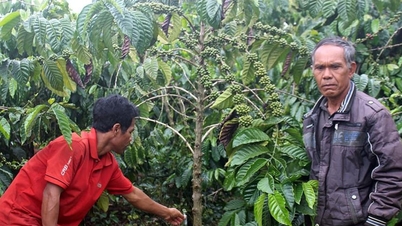





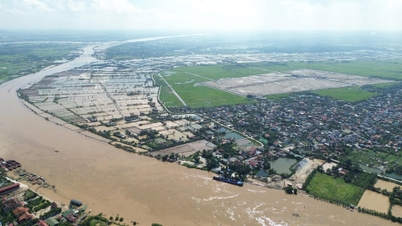

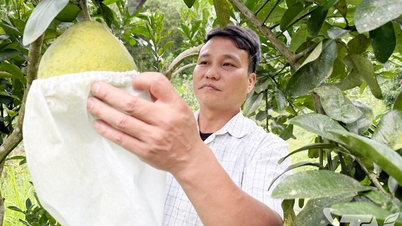



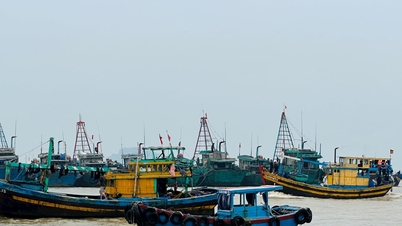






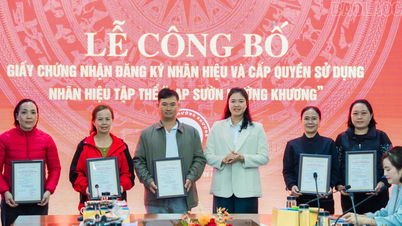






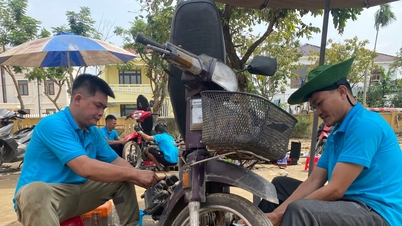


























































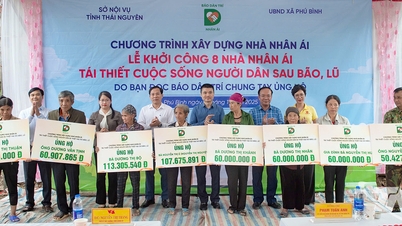





![Dong Nai OCOP transition: [Article 3] Linking tourism with OCOP product consumption](https://vphoto.vietnam.vn/thumb/402x226/vietnam/resource/IMAGE/2025/11/10/1762739199309_1324-2740-7_n-162543_981.jpeg)




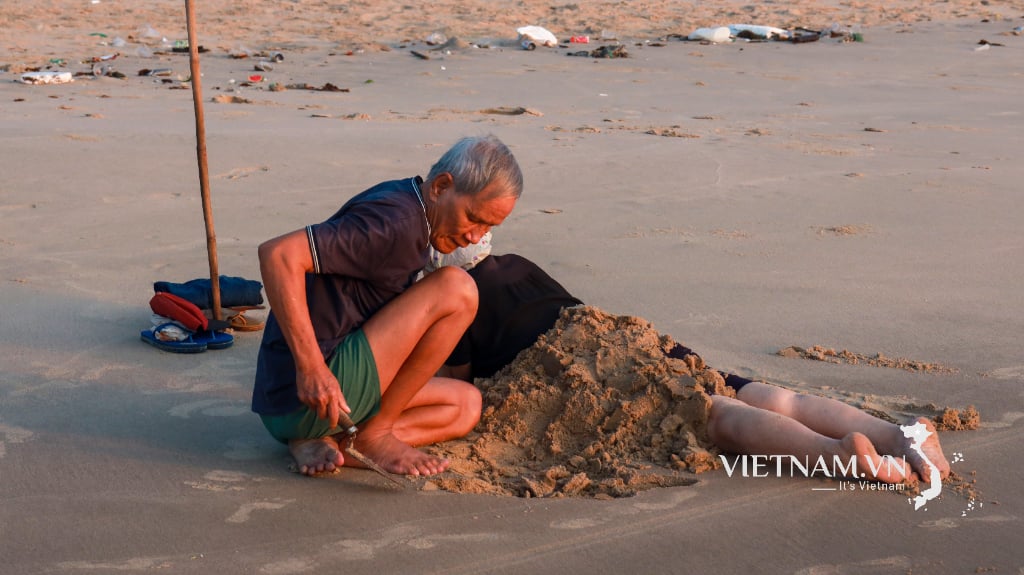



Comment (0)